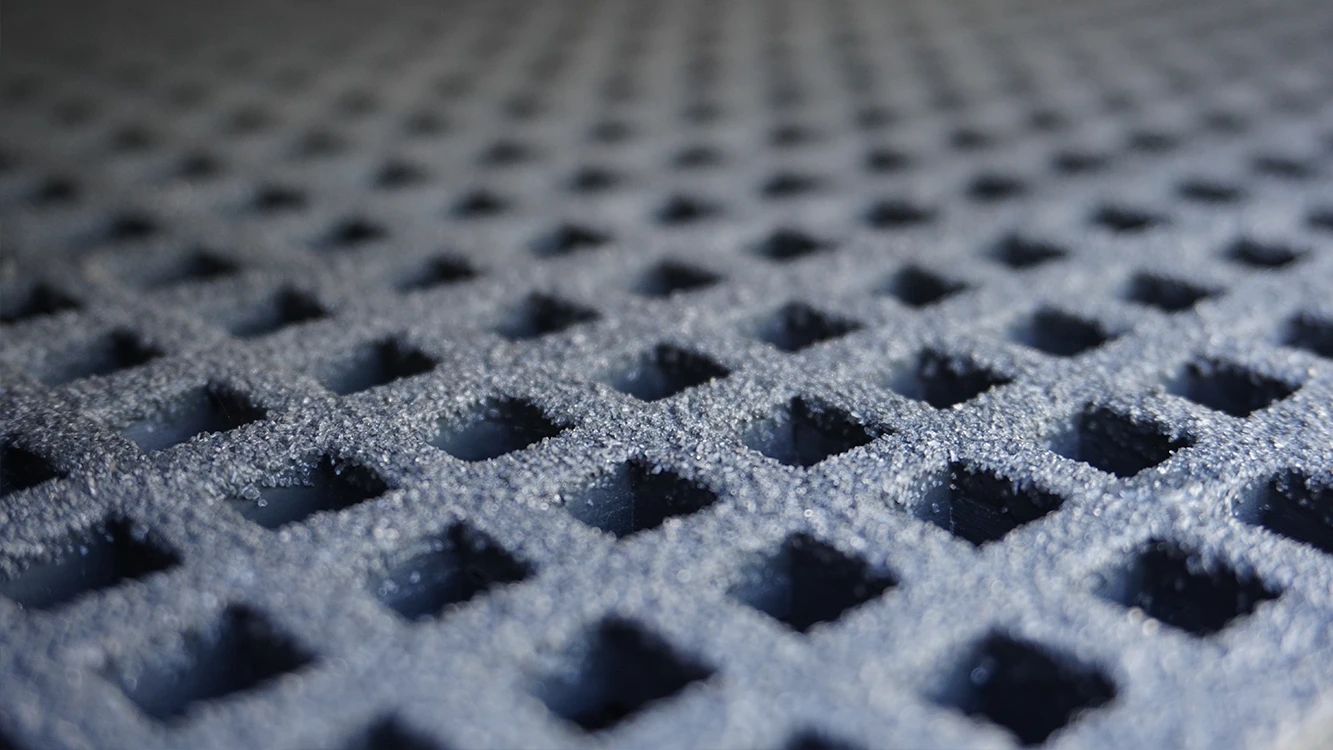Welcome to our A to Z of Composites
Your comprehensive guide to understanding some of the key terminology and concepts in the world of composite materials. Whether you’re a seasoned engineer, a curious student, or a contractor stepping into the world of composites, this guide aims to demystify some of the language surrounding these versatile infrastructure materials.
From aerospace to automotive, construction to marine, composites play a vital role in numerous industries due to their exceptional strength-to-weight ratio, durability, and customisation capabilities. But navigating through the vast array of composite jargon can be daunting. That’s where Dura Composites’ handy A to Z guide can help.


